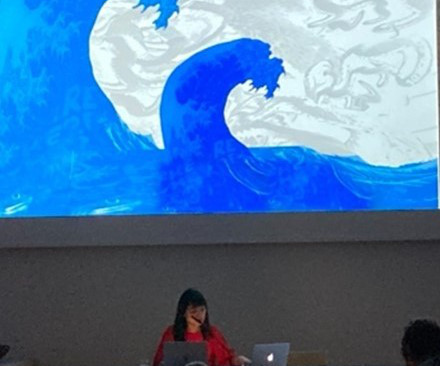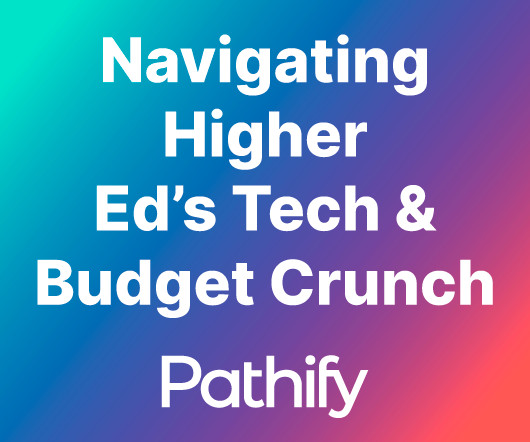UK net migration falls 20% as impact of dependant rule takes effect
The PIE News
NOVEMBER 29, 2024
Newly released data from the Office for National Statistics shows an estimated net migration to the UK of 728,000 for the year ending June 2024, marking a 20% drop from 906,000 in June 2023. The decrease is partly attributed to a decline in students bringing dependents, according to ONS director of population statistics Mary Gregory. In May 2023, in a bid to reduce net migration, the previous Conservative government announced a rule banning most international students from bringing dependants wi



















Let's personalize your content